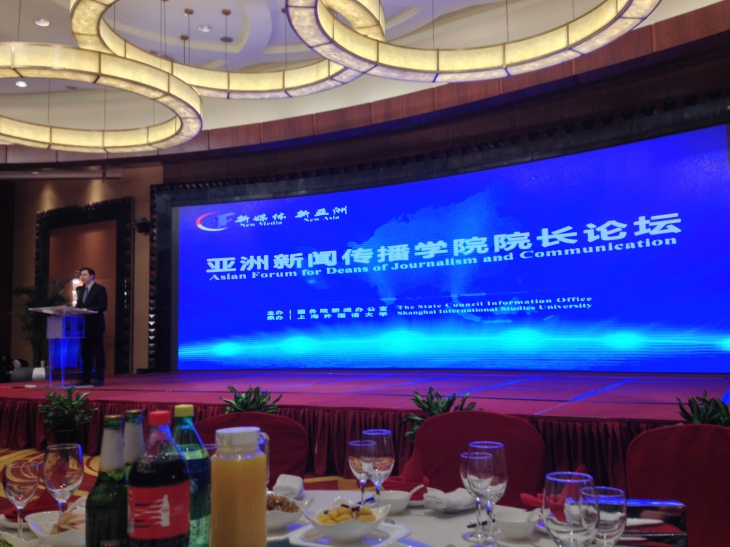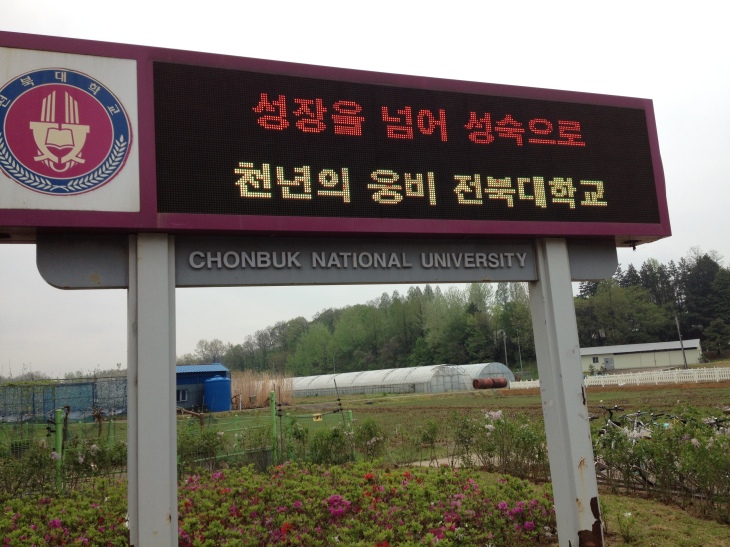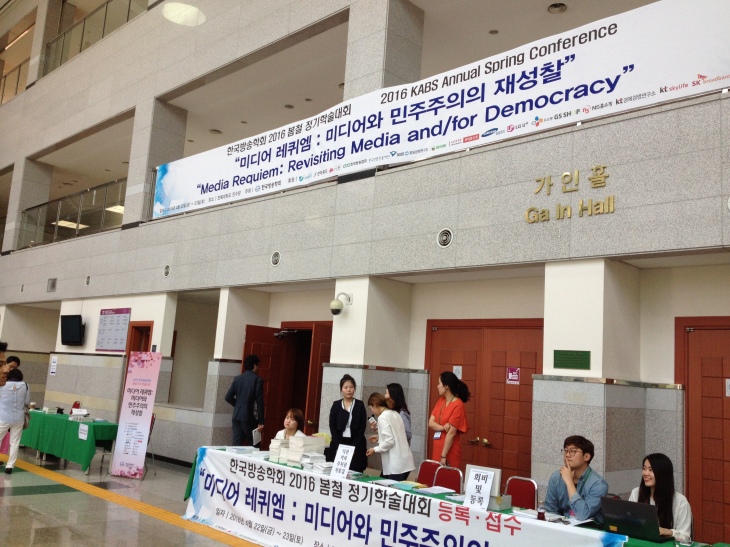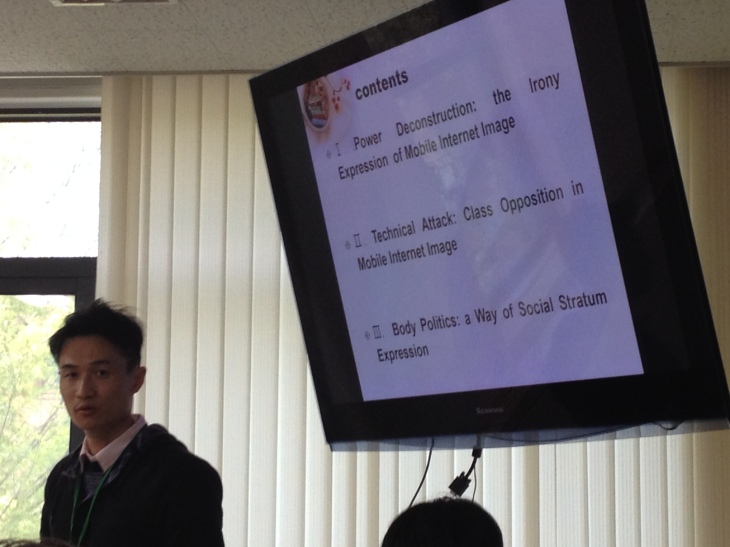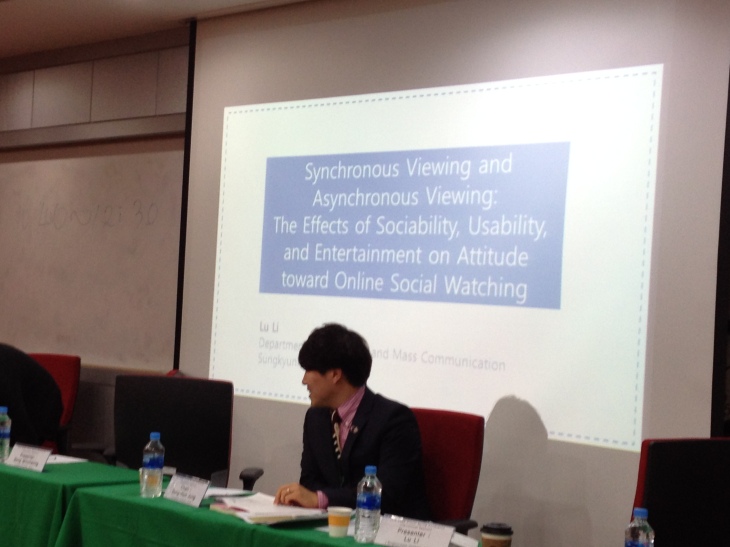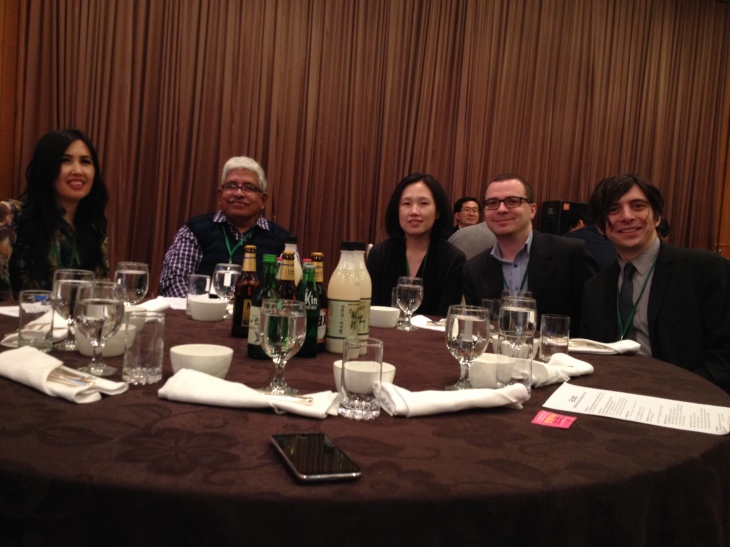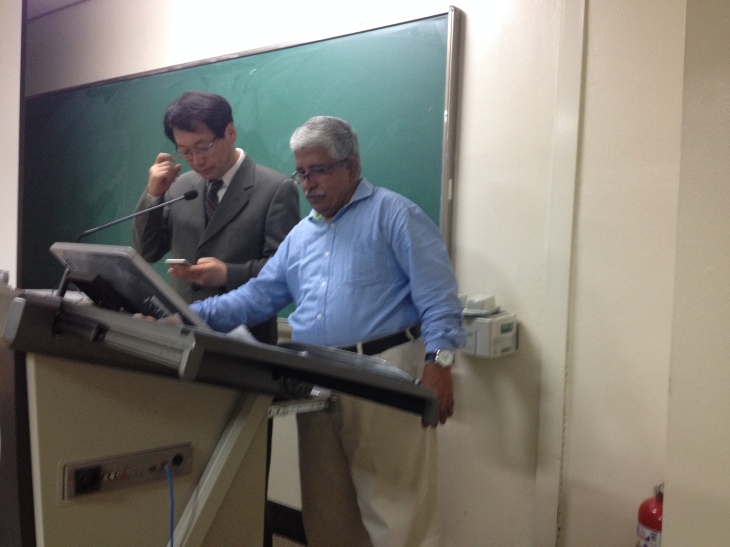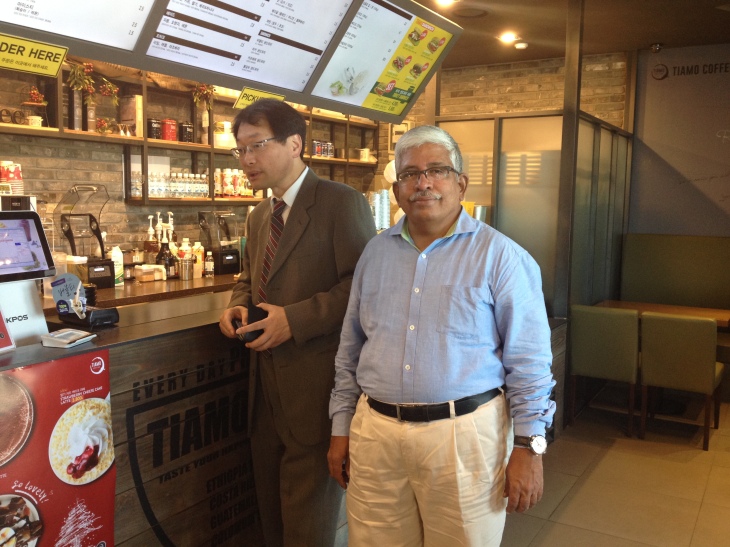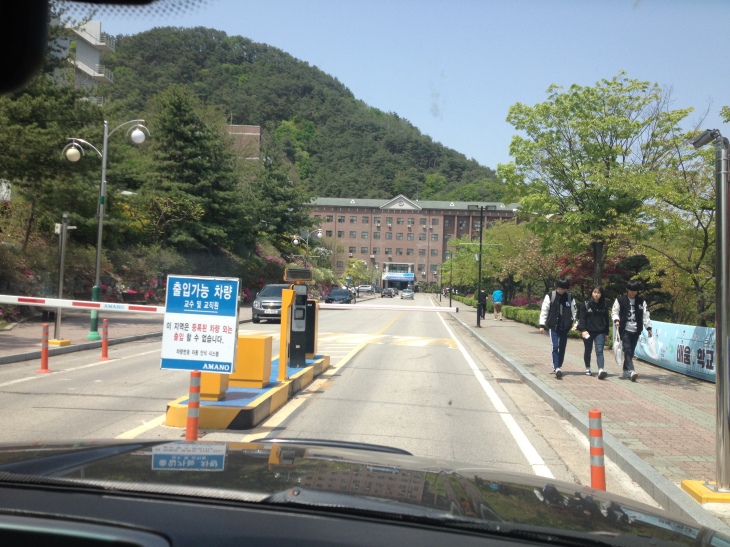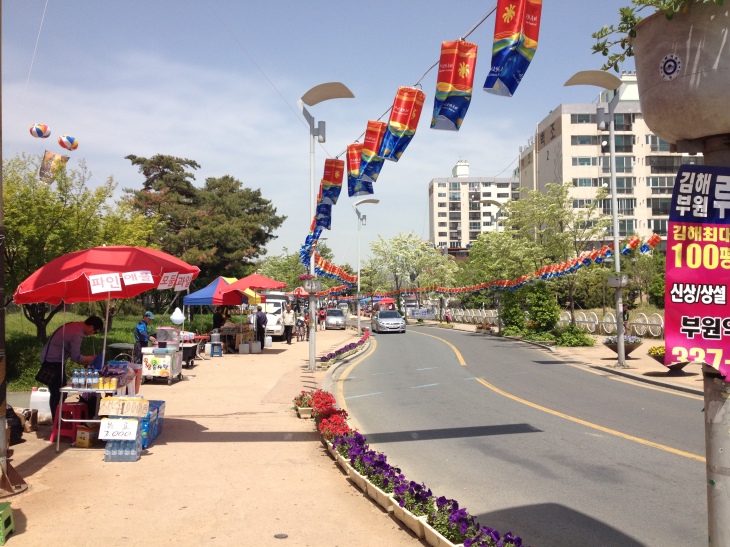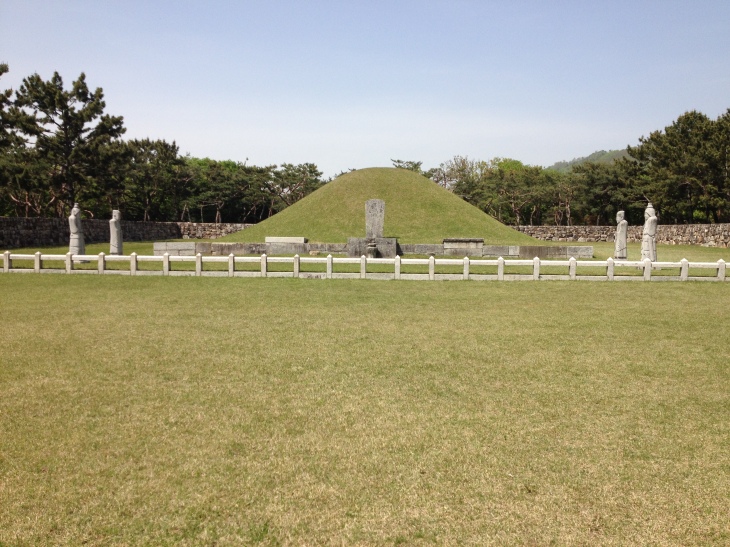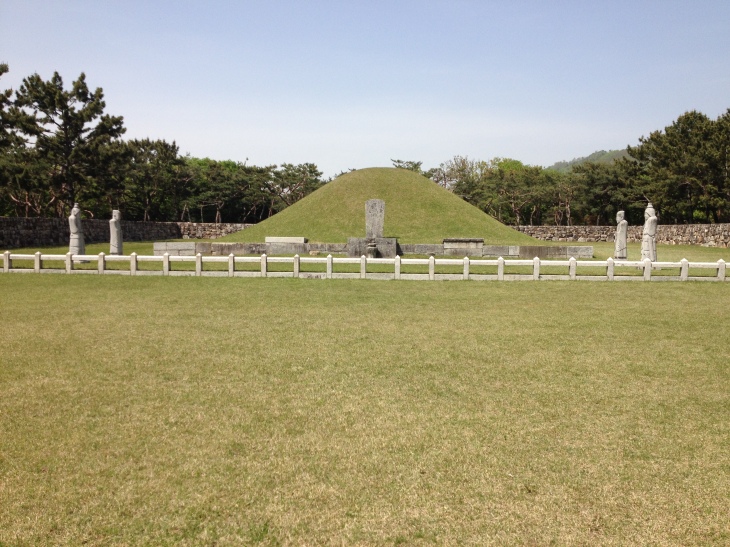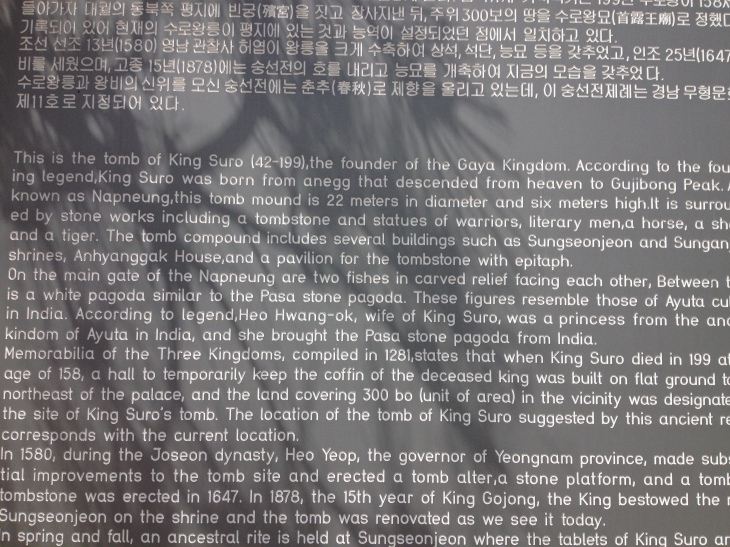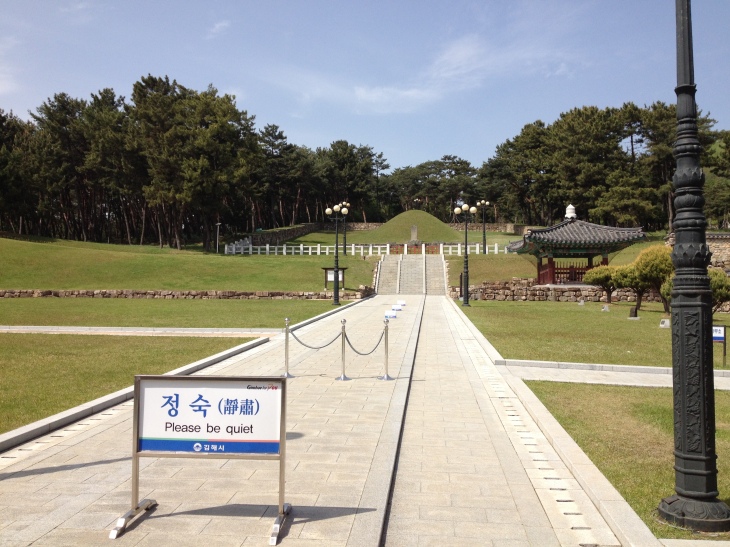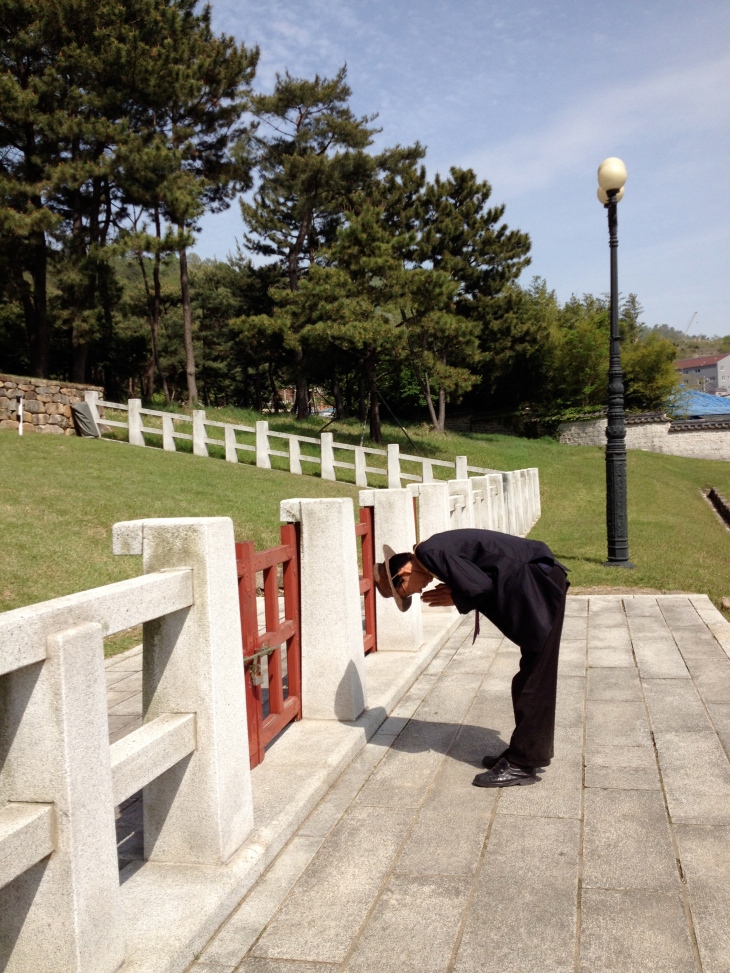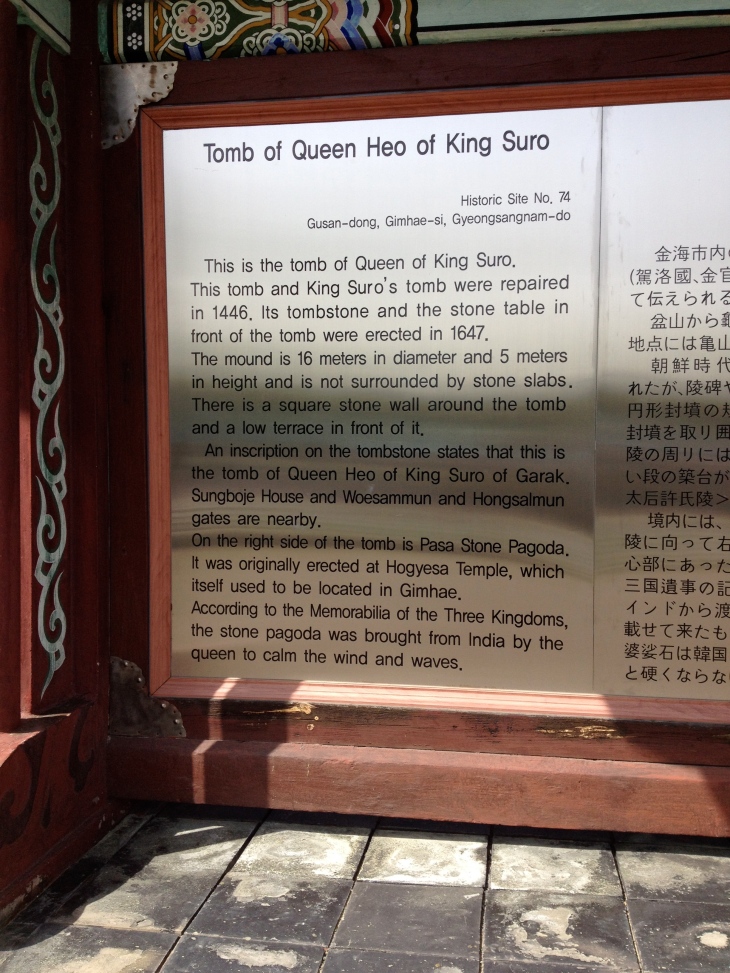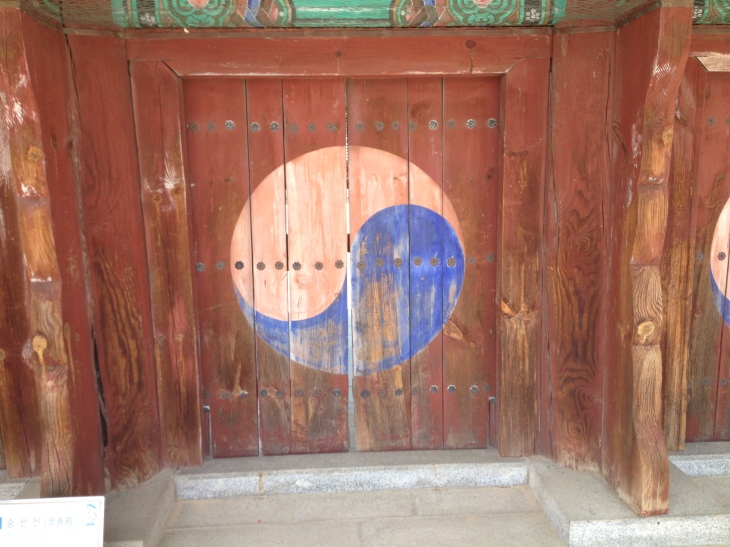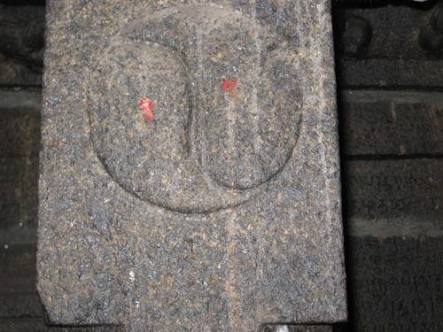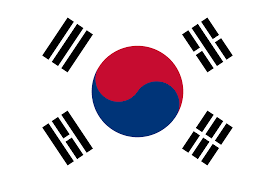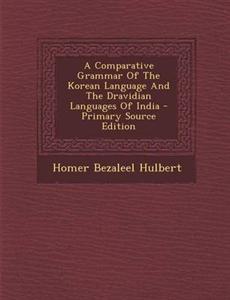*Plenary talk delivered at the International Seminar on Reinventing Nationalism, Secularism and Plurality: Media Discourses and Deconstruction at Gauhati University on November 11 2017 at 12.00 noon-2.00 pm
In this plenary talk, I will proceed in three sections Firstly, I will introduce the concepts I will be using to engage with the topic of nationalism, discourse and Indian media. I am not invoking the logic of prefixing a term such as media to the discursive entity, discourse. Discourses subsume everything, minor and major, including what media seek to engage with.
I am not going to be tied to the linear approach indicated in the theme of the seminar. I will prefer to subvert the order of terms in the theme. This disordering of the terms in the topic is deliberate to call attention to the concepts of enlightened cynicism (Peter Sloterdijk,1987) and discursive discourse (Michel Foucault,1972). Stuart Hall’s concept of articulation as a site of contestation and resistance is also dealt with in this part. In the second stage, I will introspect and explore the Kittlerian and McLuhanian conceptualisations of communication discourses and media. These can also be read as what Hall posited as contestations and resistances. In the third part, I will allow these concepts to come alive in the context of what transpires in India as nationalism and plurality and as discursive discourses in the company of Indian media.
Section I
Nationalism as Cynicism
One eminently relevant concept to engage with the contemporary versions of hyper nationalism of the rightists in India and their media partners is the notion of Peter Sloterdijk which posits cynicism as enlightened false consciousness. I invoked this in my earlier readings of how media and public partnership for the nationalist project was forcibly sought by Mrs Gandhi through authoritarian methods during the period of Emergency in India.
Times have not changed for the better for the nation and its nationalist projects. The enlightened false consciousness is the cocoon of cynicism which binds us all in its innards when we imagine our nation and its spirit, nationalism. As Sloterdijk says we did learn the lessons time and again for the past several decades, but we are unable to put them into practice for the cause of the nation and nationalism. “Cynicism is enlightened false consciousness. It is that modernized, unhappy consciousness, on which enlightenment has laboured both successfully and unsuccessfully. It has learned its lessons in enlightenment, but it has not and probably been not able to, put them into practice. Well-off and miserable at the same time, this consciousness no longer feels affected by any critique of ideology; its falseness is already reflexively buffered” (Sloterdijk,1987).
Nationalism as a Foucauldian discourse?
What did Foucault say about the discursive discourses? They are, according to Foucault, “practices that systematically form the objects of which they speak. In addition, discourses are not about objects; they do not identify objects, they constitute them and in the practice of doing so conceal their own invention” (Foucault, 1972: p. 49).
The Foucauldian notion of discursive discourse is relevant to engage with the ways in which nationalism has been constructed in India, in the Western mould, as an appendage of the neo-coloniality and neo-liberalism for the good part of the post-Independent period. The current rhetoric of “nationalism” of the BJP kind is no different from the nationalist project of the Congress party, particularly during Mrs Gandhi’s Emergency regime. The only difference is the purpose, location and role of the “foreign hand”, (“foreign hand” became a frequent target of attack by Mrs Gandhi, whenever she was getting restless with her opponents). During her period, the “foreign hand” was outside India and was working as an “anti-national”/”anti-Indian” to foment trouble in India. Now, the “anti-national” is an average Indian, who ends up questioning the logic of “foreign hand” behind Indian Government’s policy decisions! In both cases, the discourse of nationalism impinges on the discursive power of the prevailing political machinations to control and contain individual subjects through the constitution of pseudo-knowledge of the national interests and nation, all for the sake of self-seeking power relations.
Nationalism as an Articulation
Stuart Hall said: “By the term ‘articulation’, I mean a connection or link which is not necessarily given in all cases, as a law or a fact of life, but which requires particular conditions of existence to appear at all, which has to be positively sustained by specific processes, which is not ‘eternal’ but has to be constantly renewed, which can under some circumstances disappear or be overthrown, leading to the old linkages being dissolved and new connections—re-articulations—being forged. It is also important that an articulation between different practices does not mean that they become identical or that one is dissolved into the other. Each retains its distinct determinations and conditions of existence. However, once an articulation is made, the two practices can function together, not as an ‘immediate identity’ (in the language of Marx’s ‘1857 Introduction’), but as distinctions within a ‘unity’. (Hall, 1985, pp. 113-114)”
The contemporary challenges posed by the rightists’ discourses on “anti-nationalism” and “nationalism” can also be addressed in the company of Stuart Hall’s notion of articulation. Articulations and re-articulations of nationalism and anti-nationalism have been continually renewed since early part of last century, when the strategies and approaches of M K Gandhi to nationalism was deeply contested by Rabindranath Tagore, Subhas Chandra Bose and Bhagat Singh, among others. However, these contestations and resistances also renewed Gandhian nationalism as much as they helped to expose it.
Nationalism as an “Historical Error”
When I wrote about the “historical error” for an article titled “100 Years of Indian Cinema: Whose Cinema? Whose Centenary? – The Politics of Temporal Film Historiography,” to draw attention to the politics of temporal film historiography in India, I quoted Ernest Renan’s words about nationalism. They are relevant here too. “Forgetting, I would even go so far as to say historical error is a crucial factor in the creation of a nation, which is why progress in historical studies often constitutes a danger for [the principle of] nationality.” (Ernest Renan, 1882)
The constitution of discourses on nationalism in India rests on the constitution of “historical errors” during different periods of the formation of such discourses. The site of discursiveness is the site of histories of errors as regards nationalism. One famous “historical error” which sustains the history of independence struggle is the “historical error” Indian text books embody in the erasure of Vellore mutiny of 1806 as the first major flash point of independence struggle and the elevation of the second mutiny, which happened 51 years later in Meerut (1857), as the “first” mutiny.
Section II
In this section, I wish to explore the notions of Kittler and McLuhan to aid in the identification of Indian Media as Discourse Networks (Kittler,1992). According to Friedrich Kittler, “Discourse networks are made of technologies and institutions that allow a given culture to select, store and produce relevant data” (Kittler, 1992, 369). I would like to stress here that Indian Media also exist as extensions of Indian orality. Indian media are becoming invisible, in a sense, if one believes in the following words of McLuhan. “As a result, precisely at the point where a new media-induced environment becomes all pervasive and transmogrifies our sensory balance, it also becomes invisible” (McLuhan, 1969). Our senses, driven by the engine of orality, are made to address the media content produced in the media rooms, where Indian orality reigns supreme, in a perfect manner. It is a typical made for each other situation. But this results in a great disadvantage to the true interests of Indian democracy and nation, as the media become invisible in the cause and effect chain. They exist in the noises of its orality engine. They exists in the silences as muted collaborators of anti-democratic elements. They exist in all these avatars in invisible modes even as they “transmogrifiy our sensory balance”, to draw the McLuhanian logic, through a multi-modal attack on the people, nation and the Constitution, without being aware of the consequences.
Section III
In this section, we need to rethink Indian media as an impossible entity. We need rethink or locate them as Un-Indian, just as any other universal category that gets defined as either an extension of technologies or as discourse networks. They are also subsisting at the same time in a very weak state as Indian with all the trappings of contestations and resistances of the articulations and re-articulations Stuart Hall theorised.
As mentioned earlier, we need to rethink nationalism and pluralism as both universally conditioned discourses as well as the typical discursive entities of Foucauldian scheme.
Let us first engage, in particular, with how nationalism and pluralism are to be related as Foucauldian discourses. Let us answer the question, What is in the archive, statements and epistemes of contemporary India/Indian media?
Archive in the case of Indian media refers to the set of practices that have /been constituted/constituting what we refer as Indian press, Indian journalism, Indian media, Indian television, Indian radio, Indian films etc., These practices may exist at four levels with the conditionality of limitations I) expressibility ii) conversations iii) public memory and iv) reactivation. In 2017, there are a billion limitations on the expressibility of the people and other actors who cause the discursive discourses. There are similar limitations on the conversations, public memory and reactivation of the first three.
Indian media are as silent as a stone in not addressing these limitations in contemporary times. The past decades, since 1990s, have been as traumatic as the past few years, past few months, past few weeks, past few days, past few hours, past few minutes, past few seconds for the marginalised Indians. From a point of cynicism as enlightened false consciousness, the Indian media can not be blamed as as it can not constitute a collective subjectivity, a unified Lacanian subject. Likewise, the Indians can not also be blamed as they also lack the unified whole, a collective Lacanian subjectivity. This, however, does not absolve the failures of Indian media.
Two important questions have to be raised here. What becomes of the discourses on nationalism, secularism and pluralism when they are freed from the prefix, Indian? What becomes of the discourses on the same when they are tied with the prefix, Indian? The answers are not to be found in full in the following paras,but more questions, tied to the above, will be raised as we proceed further in understanding the discursive discourses at work. It is appropriate now to invoke the Foucauldian tool of archive.
The Foucauldian archive, in the case of Indian media, is busting at its seams as there are thousands of innards or internal archives as well as a few major archives that seek to exist as many sets of practices as there as collective and group identities in the 600+ districts and as many as more than half a million villages. There are as many sets of practices as there are castes, religions, social, cultural, political, geographic affiliations. The Foucauldian archive exists as a Deleuzian rhizome, with unparalleled heterogeneity and ceaseless connections, as well. As it is a rhizome, it is an expanding universe. How to locate the fixed entity, with a homogenous face, such as nationalism in an expanding universe of a rhizomatic archive?
The Foucauldian archive is constituted by its statements, the contextual, non-speech categories. They are the powerhouses of discursive discourses that are raring to seek formations of myriad kinds.
The statements in the case of Indian media refers to the non-speech acts at four levels i) objects ii) common viewpoint iii) constant set of concepts iv) common themes, All these four anchors were seen as hypotheses by Foucault. The objects of discourses are nationalism, secularism and pluralism as far as this topic is concerned. But as the statements of the archive are working as rhizomatic entities there are more than one statement to engage with the objects of the present discourse. They in turn lack a common view point. They can not be approached with a constant set of concepts and they also fail to work with common themes. They are losing their ground as common entities as swiftly as the sands that are caught in a desert storm.
Like statements, epistemes exist as important determinants of the nature and quality of the Foucauldian archive. In the present case, the bodies of knowledge systems the constituents and extensions of print culture in India have created to engage in discursive discourses on caste, religion, family, nationalism over the past 461 years, 264 years of Indian journalism, 100+ years of Indian cinema, nearly 50 years of Indian television, nearly 100 years of Indian radio and 25+ years of Indian internet media are the epistemes we need to pay close attention, if we wish to map the discursive discourses on nationalism and Indian media in a rigorous manner. These epistemes may have their discontinuities, ruptures and fragments. They may not be constants.
The episteme of Orality. This is the only constant. The episteme that seeks to condition our discourses on media and non-media planes is the episteme that can not be constituted without the norms of orality. It is an episteme that refuses to yield to the logic of modernity, democracy, secularism and nationalism. It is an episteme that successfully aids journalism to fail in India. It is an episteme that seeks to constitute the discourses on nationalism, secularism, pluralism and nationalism as discursive with the Foucauldian laws of external, internal and access related ordering of discourses.
Likewise, the notion of articulations by Stuart Hall is also eminently useful to engage with our problem at hand, how to rethink/reinvent the notions of nationalism, secularism, pluralism. Articulations is the notion of Hall which seeks to provide linkages and connections with the multiple sites even as the identities of the individual sites are made to remain distinct. The articulations of the meta nationalism of India and the nationalisms of the linguistic/geographic/historical entities can co exist even as their articulations can be seen as sites of resistances and contestations. The absence of Indian media at the local/regional/linguistic/geographical/cultural levels is a point of introspection. There is only an invisible, mis-recognised plane that stands in for Indian media at the imaginary, national level. It is a site that is rootless in the innards of the nation. There are no media with resources at the fringes of the nation or its innards to pose a counter to the imaginary, national media at the centre. For pluralism to aid nationalism and nationalisms of the multiple kind to flower in India, even as the nationalism of the state requires some adrenalin to plod on, we need a larger, creative Un-Indian face for Indian media. This Un-Indian face is not a negation of the idea of the nation, Indian nationalism or pluralism, but a discursive strategy that is required for these entities to be reborn.
When this International seminar commemorates the “50 Years of Media and Communication Education in India’s North East”, I find the relevance of the Foucauldian logic in reading the theme of the seminar, Reinventing Nationalism, Secularism and Plurality: Media Discourses and Deconstruction and what the event seeks to commemorate. What becomes of the conference when the word media is displaced by a deliberate erasure or replaced with a universal marker Journalism to co-exist with another universal marker, Communication. The need to rethink critically this conference’s thematic framework is also embedded, I think, even though I am not sure whether the politics of semiotics was caused inadvertently or otherwise. I am referring to the colours which contain the words/terms in the banner on the dais. The colour red is a signifier of the call for rethinking what it encapsulates. Colour saffron stands for contemporary notions of hyper-nationalism. Colour blue is the colour of the dalit parties in India and captures the spirit of pluralism and secularism. Colour black is the colour of deconstruction, a black hole of lost true meanings of all the words encapsulated in other colours.
There is more to the topic as thoughts to be gathered, shared, articulated and reconfigured. But, time is a discursive entity as well, trying to stop us mid way. Our thoughts and their traces in our actions ought to be captured later to rewrite past and present trajectories of discursive discourses of nationalism, pluralism and their primary, secondary, tertiary and invisible definers/entities.
Thank you.
References
1.Foucault, Michel, 1972. The Archaeology of Knowledge and the Discourse on Language. Pantheon.
2.Hall,Stuart, 1985. “Signification, Representation and Ideology: Althusser and the Post-Structuralist Debates”, Critical Studies in Mass Communication, 2:2.
3.Kittler, Friedrich, 1992. Discourse Networks 1800/1900, Stanford University Press.
4.McLuhan, Marshal, 1969. Understanding of Media, McGraw Hill.
5.Renan,Ernest, 1882. “What is a Nation?”, Talk delivered at the Sorbonne on March 11th, 1882. Available at http://ucparis.fr/files/9313/6549/9943/What_is_a_Nation.pdf
6.Sloterdijk, Peter, 1987. Critique of Cynical Reason, University of Minnesota Press.




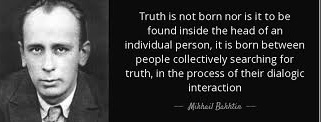
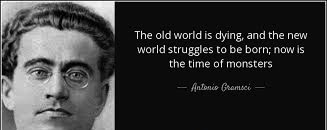
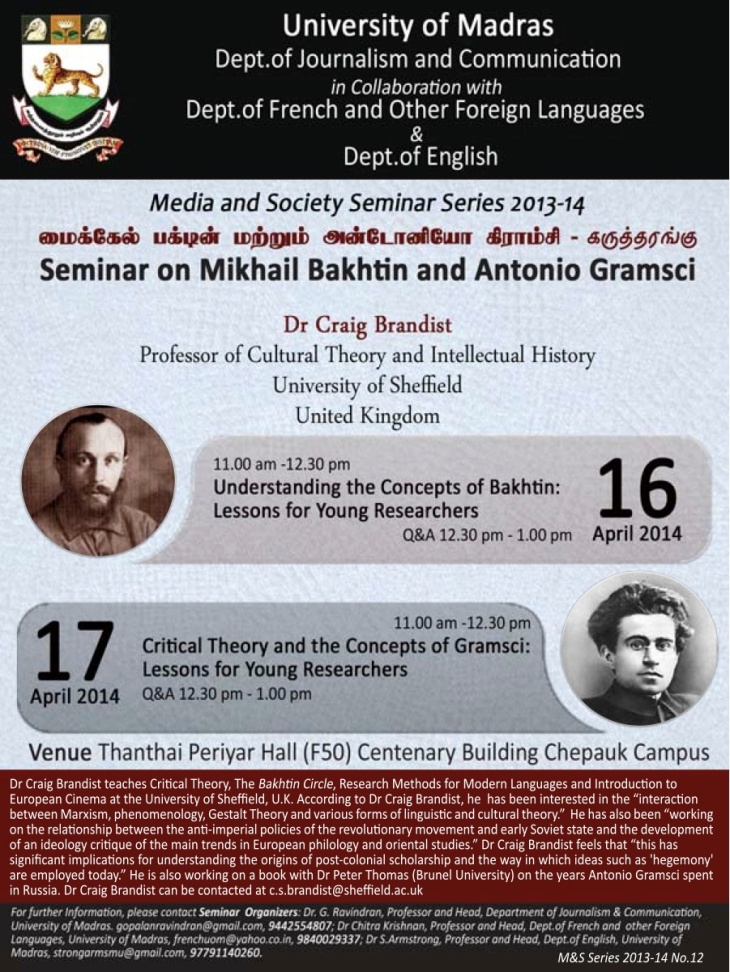 ________________________________________________________________________________
________________________________________________________________________________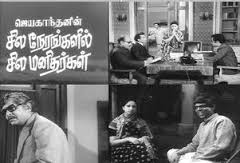
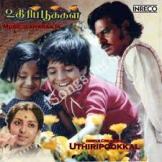

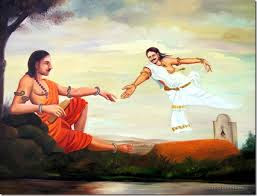
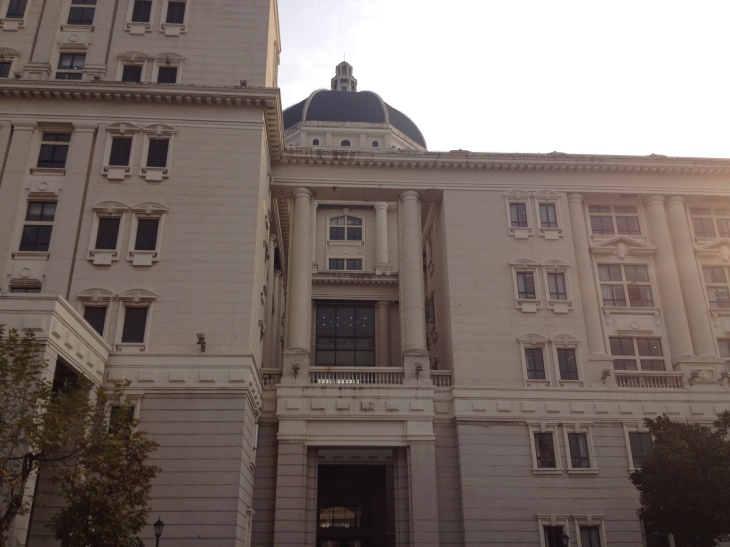 The Shanghai International Studies University (SISU) and the State Council Information Office hosted the Asian Deans’ Forum in Journalism and Communication during November 30-December 01,2006 at Shanghai. One conventional way to relate to the power of a spatial site is the size. Asia, China and Shanghai fit well in this logic to express their contemporary merits powerfully. The size matters in China when it comes to the number and categories of Universities. There are more than 2000 Universities, excluding the elite 211 institutions which are part of the 211 project. The Universities belong to 15 categories ranging from National, Normal, Comprehensive, Provincial, Municipal, Military etc.,
The Shanghai International Studies University (SISU) and the State Council Information Office hosted the Asian Deans’ Forum in Journalism and Communication during November 30-December 01,2006 at Shanghai. One conventional way to relate to the power of a spatial site is the size. Asia, China and Shanghai fit well in this logic to express their contemporary merits powerfully. The size matters in China when it comes to the number and categories of Universities. There are more than 2000 Universities, excluding the elite 211 institutions which are part of the 211 project. The Universities belong to 15 categories ranging from National, Normal, Comprehensive, Provincial, Municipal, Military etc.,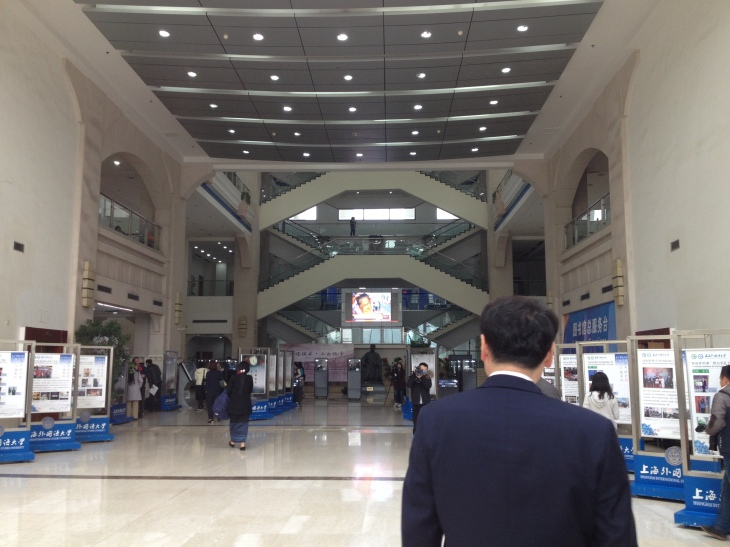
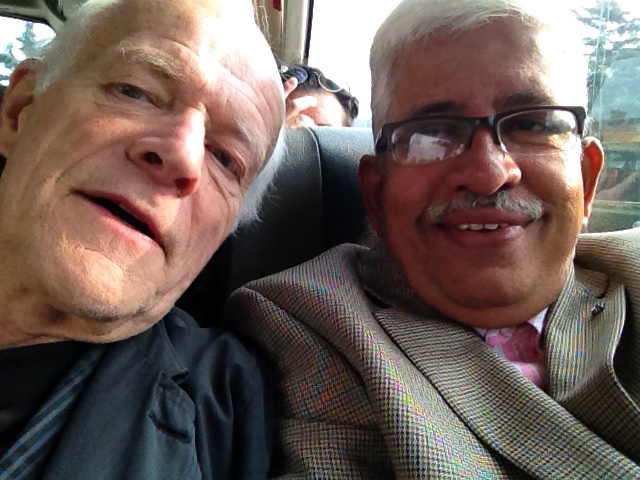
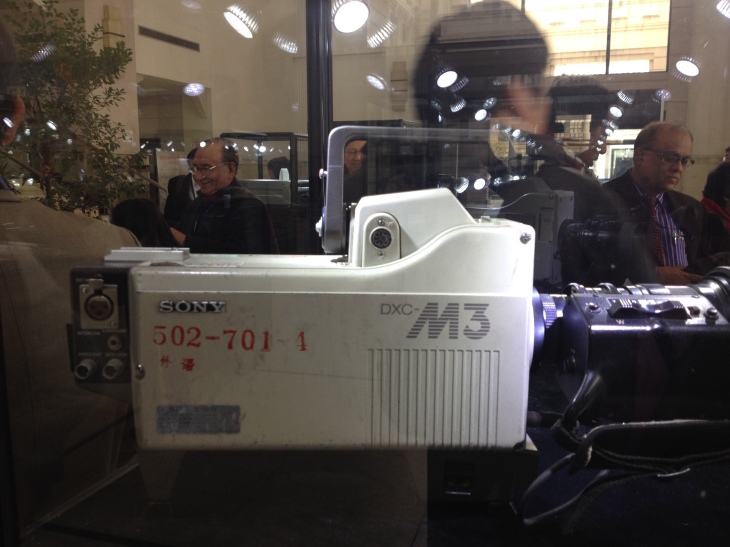
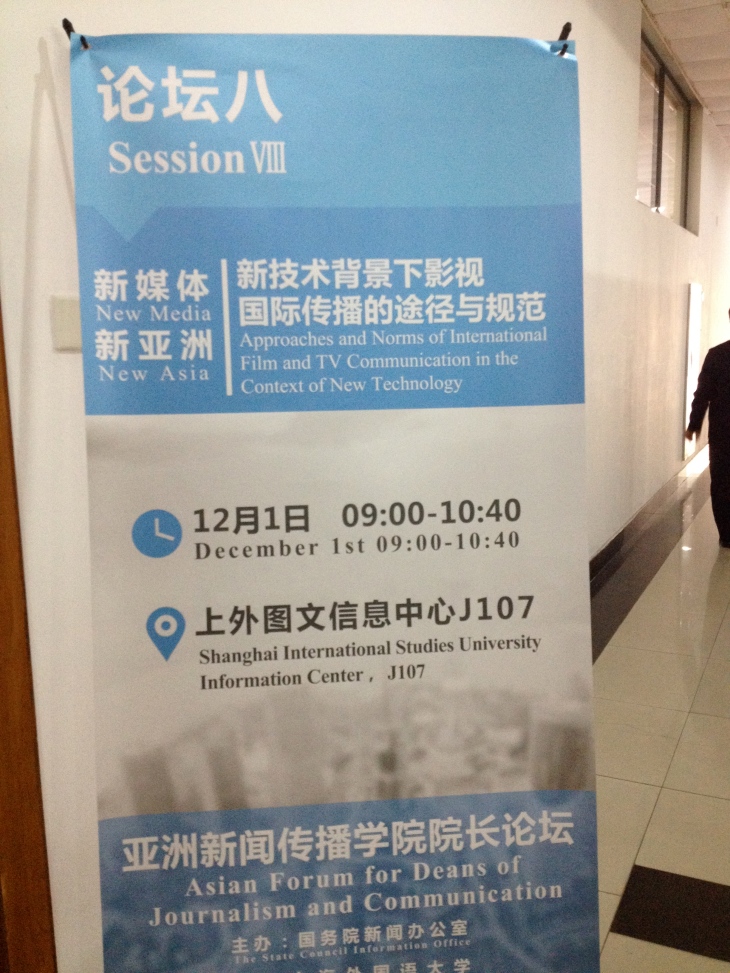
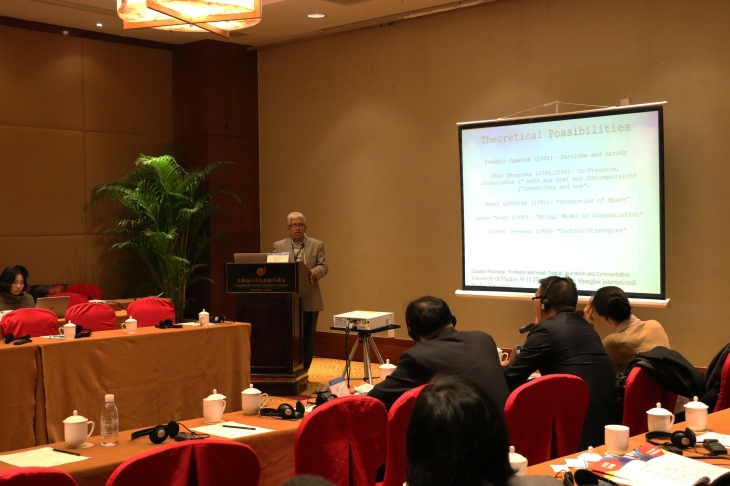 The most substantive highlight of the conference was the presence of a delegates from all regions of Asia – from Mongolia to Turkey. The icing on the cake was the revealing presentations on the state of affairs in Journalism and Communication education in countries small and big – from Cambodia to China. There were very articulate pleas for getting away from the Western modes of engagements and getting closer to Asian ways of engagements in Journalism and Communication research and education.
The most substantive highlight of the conference was the presence of a delegates from all regions of Asia – from Mongolia to Turkey. The icing on the cake was the revealing presentations on the state of affairs in Journalism and Communication education in countries small and big – from Cambodia to China. There were very articulate pleas for getting away from the Western modes of engagements and getting closer to Asian ways of engagements in Journalism and Communication research and education.